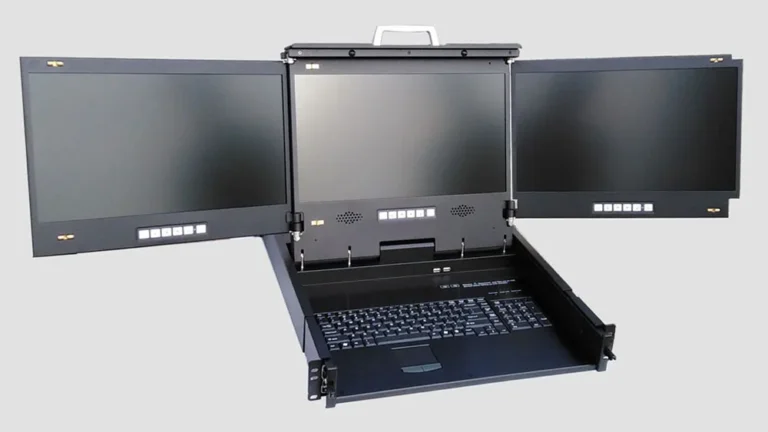Understanding Tax Transformation: A Guide for Enterprise Tax Leaders
Tax transformation is no longer a back-office project; it’s a strategic imperative. Today, enterprise tax leaders must navigate rapid regulatory change, global minimum tax rules, rising scrutiny, and a wave of technological innovations that together redefine how tax functions create value. This guide outlines practical priorities and a roadmap to turn disruption into a competitive advantage.
1. The New Regulatory Backdrop
The OECD’s BEPS 2.0 project (notably Pillar Two) introduced a global minimum tax framework that many jurisdictions are now implementing. Its effects on reporting, top-up taxes, and cross-border compliance are material for multinationals. Staying current on jurisdictional rollouts and intergovernmental guidance is essential for accurate provisioning and effective planning. At this stage, it is significant to understand that tax experts are recommended to assist in compliant tax transformation.
2. Treat Tax Data as the Fuel for Transformation
Tax calculations, controversies, and planning increasingly rely on high-quality, timely data drawn from ERP, treasury, and commercial systems. Tax leaders should audit data flows, define master tax data, and establish a single source of truth to minimize manual reconciliations and facilitate near-real-time compliance.
Investing in data governance, lineage, and metadata management pays dividends when responding to audits, meeting filing obligations, and supporting BEPS reporting requirements.
3. Build a Pragmatic Technology Strategy
Automation, robotic process automation (RPA), cloud platforms, and even generative AI can cut cycle times, reduce errors, and unlock analytical insights. However, technology must follow process redesign and strong control frameworks.
Practical steps include:
- Prioritizing scalable platforms that centralize tax calculations, filing, and documentation.
- Automating repetitive manual tasks before tackling complex ones.
- Piloting AI in areas where it augments human review rather than replaces judgment.
Surveys and market reports show that enterprises are accelerating their investment in tax technology, with growing experimentation in AI-enabled compliance and predictive analytics.
4. Redesign Operating Models and Talent
Transformation often requires new roles, such as tax technologists, data analysts, and process owners, alongside closer collaboration with IT, finance, and legal departments.
A hybrid delivery model can be effective: keep strategic judgment and policy formation in-house while outsourcing high-volume processing to shared service centers or specialized providers.
Upskilling is equally vital. Tax professionals need data literacy, automation fluency, and an understanding of AI governance. Building these capabilities reduces reliance on manual work and enhances agility when regulations shift.
5. Strengthen Governance and Audit Readiness
As processes move to the cloud and automation, governance and controls become critical. Leaders should:
- Establish a technology governance committee with clear ownership.
- Document assumptions and tax rules in machine-readable formats.
- Implement robust versioning, access management, and change-control processes.
These practices reduce risk and make it easier to respond quickly during audits or regulatory examinations.
6. Embed Scenario Planning and Risk Management
New rules like the global minimum tax and country-by-country implementations can quickly alter effective tax rates and cash flows. Scenario models should highlight sensitivity to changes in rates, nexus, profit allocation, and withholding taxes.
Linking tax planning with treasury functions ensures the CFO has visibility on liability timing and cash flow impacts. Regularly updating these models against official guidance prevents surprises and keeps the enterprise aligned with evolving requirements.
7. The First 90 Days: A Practical Roadmap
Tax leaders beginning their transformation journey can take immediate actions:
- Map data sources and address high-impact data gaps.
- Inventory tax technology and identify quick automation opportunities.
- Prioritize urgent regulatory hotspots (Pillar Two readiness, transfer pricing documentation).
- Establish a cross-functional transformation team with executive sponsorship.
- Run a control self-assessment for processes already partially automated.
8. Longer-Term Priorities
Looking further ahead, leaders should focus on:
- Migrating tax master data to secure cloud platforms.
- Embedding continuous compliance via APIs and real-time reporting hubs.
- Developing analytics that link tax outcomes to business performance.
- Exploring partnerships with specialized tax-tech vendors.
Analyst reports suggest that tax-tech spending and vendor innovation will continue to rise, making integrated platforms more accessible and cost-effective for enterprises.
9. Lead with Change Management
Technology alone doesn’t transform tax; people do. Employees often resist automation not because of the tools but because their roles and responsibilities shift. Clear communication, tailored training, and recognition of early wins can smooth adoption.
Incentives should evolve as well: measure the tax function not only on compliance but also on speed, accuracy, and its ability to generate strategic insights. When tax becomes a trusted source of business intelligence, it earns a permanent seat at the decision-making table.
Conclusion
Tax transformation is not a single project but a multi-year journey that blends regulatory insight, disciplined data management, selective technology adoption, and talent development.
For enterprise tax leaders, the goal is clear: convert compliance demands into strategic capabilities that safeguard value and enable growth. By starting with data, enforcing strong governance, and leading change decisively, tax leaders can ensure their function is proactive, automated, and aligned with business strategy.






